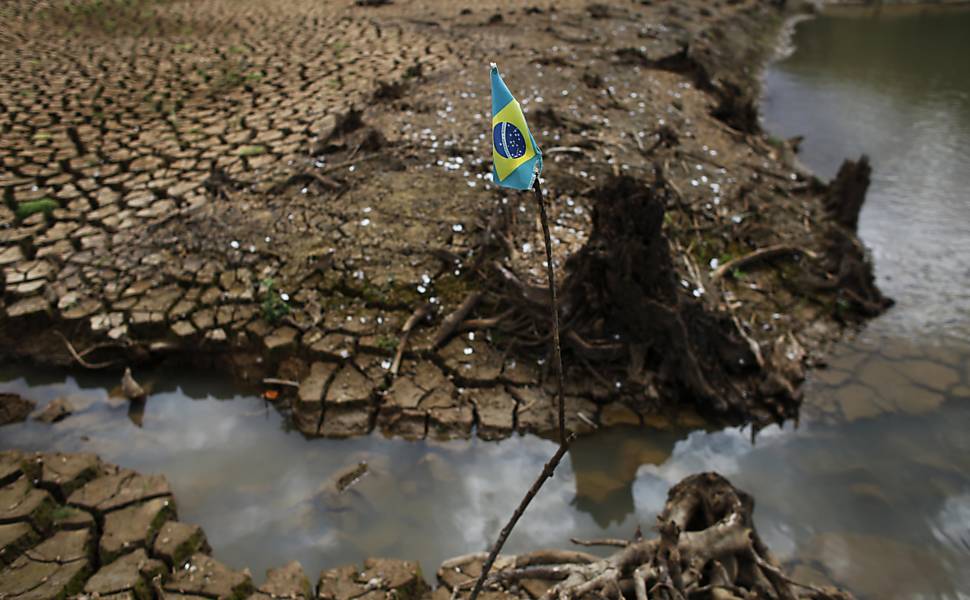Latest Photo Galleries
Brazilian Markets
17h38 Bovespa |
+1,50% | 126.526 |
16h43 Gold |
0,00% | 117 |
17h00 Dollar |
-0,93% | 5,1156 |
16h30 Euro |
+0,49% | 2,65250 |
ADVERTISING
São Paulo Facing "Drastic" Water Rationing to Save Cantareira System
01/28/2015 - 08h55
Advertising
FABRÍCIO LOBEL
GUSTAVO URIBE
FROM SÃO PAULO
The government of the state of São Paulo has admitted that it may be forced to impose "drastic" and "tough" water rationing in Greater São Paulo, with possible cuts to supply of up to five days.
The government did not provide further details or specify when the plans will come into effect.
For the administration of Geraldo Alckmin, such measures would be a last resort, a final attempt to prevent the total collapse of the Cantareira system, a reservoir which supplies 6.2 million people in the São Paulo metropolitan area.
Currently, the reservoir is at just 5.1% of its capacity.
São Paulo is currently suffering from the worst water crisis in its history, and there are fears that the Cantareira could dry up completely in March.
The suggestion of rationing was made by the engineer Paulo Massato, metropolitan director of São Paulo sanitation company Sabesp.
"If it continues not to rain over the Cantareira reservoir, the rationing will have to be very tough, very drastic," he said, following an event at which governor Alckmin was present.
As Sabesp has yet to publish details of the plan, it remains unknown whether, for example, the entire city will go five consecutive days without water, or whether there will be a scheme of alternating water supply by neighbourhood.
In the interview, Massato suggested that such a model of rationing could be implemented under the following conditions:
1) Rain to water sources remains below average: as has occurred for the last nine months, this is again the prediction for this month for the Cantareira reservoir;
2) Construction work to increase water production does not progress as planned: most of the work announced hitherto is due to be completed between 2016 and 2018;
3) The plan to utilize the polluted Billings reserve turns out to be unworkable: Alckmin announced the plan last week, though without providing details.
According to Antonio Carlos Zuffo, a specialist in hydrology at the University of Campinas, one possibility is that Sabesp could divide the city into seven sectors. In each sector, residents will have water for two days a week.
"It's a severe measure, but it reflects the reality of the Cantareira system. If the water in the Cantareira dries up, this is the only way the city will be able to guarantee supply," he said.
"However, we don't know whether this will apply to all of Greater São Paulo, or just the area that depends on the Cantareira."
Up to now, the Alckmin administration has reduced water pressure, as well as levying a surcharge on households that increase their water consumption.
Rationing would be by far the toughest measure taken to address the crisis so far.
Even during severe drought last year, Alckmin repeatedly insisted during his election campaign that São Paulo would not run the risk of water shortages, and denied that any rationing would be necessary.
He was re-elected state governor in the first round.
Translated by TOM GATEHOUSE




